Envisioning the Future
One Thursday afternoon almost 300 participants got together to envision the future with leading futurists, researchers, workplace and real estate experts.
Even if we don’t own a crystal ball, we can certainly say that there is no going back to the old. Workplaces must adapt to the new situation and new requirements. But what are these new requirements and how should the design of workplaces be approached in the future?
We have to create better workplaces
Peggie Rothe from Leesman created us a picture of the post-pandemic workplace and the importance of employee experience through research.
According to the study by Leesman, when comparing the employee experience working from home to working at the office on average, working from home has been a better experience and most respondents said they would come to the office in the future only 1-2 days a week.
Based on the responses of the studies, we could say that the average home, that was designed for living, is better at supporting work compared to the average office that was designed to support work. That does not sound good for workplace design. But this comparison becomes completely different if instead of comparing the average office, we compare it to the outstanding offices. Here we can see that workplaces have a lot to offer. Employees who work at the outstanding office say that they want to be back in the office four days a week or more.
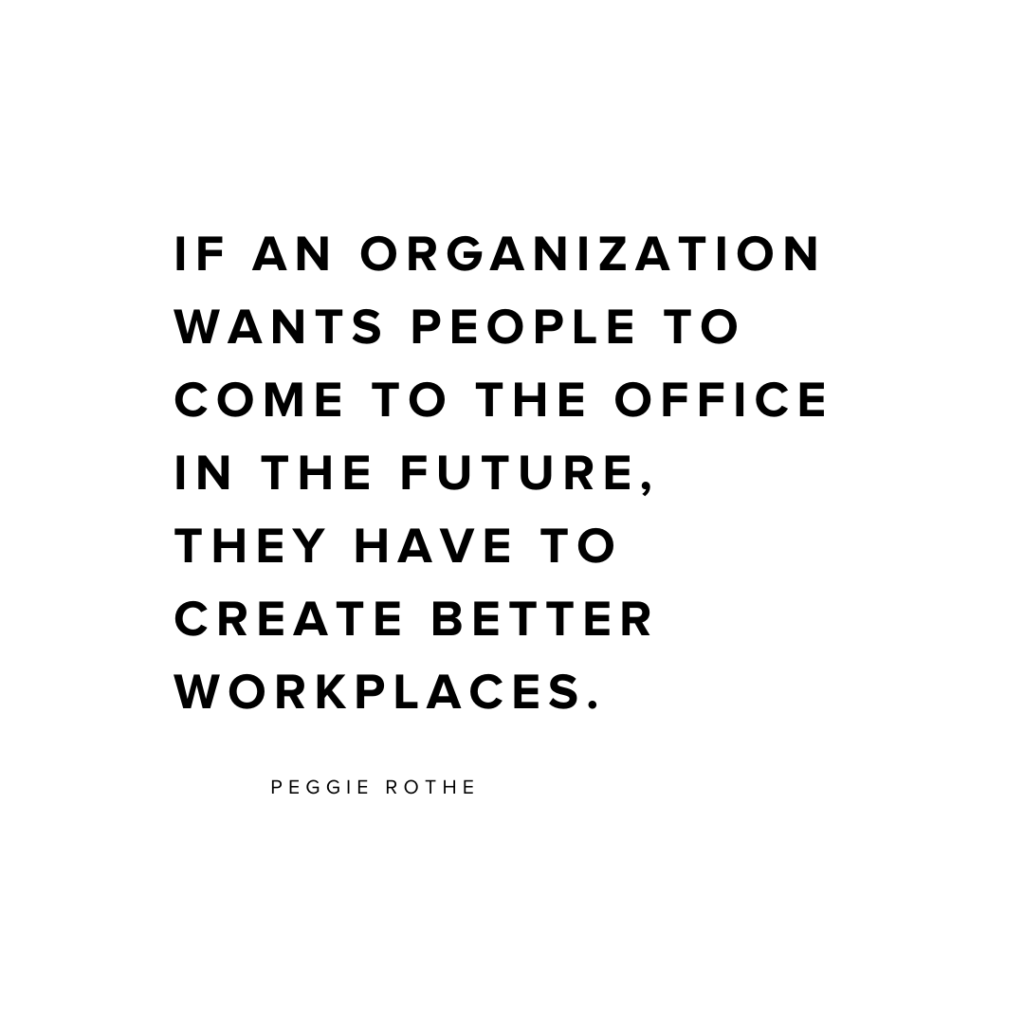
But what should companies do to create a workplace to which employees want to return? Peggie listed three questions that every organization should be thinking about if they want to be ready for the future:
- What’s the purpose of the office for your organisation going forward?
- What kind of experience do your employees currently have of their places of work?
- How are you ensuring that employees’ expectations are met, especially now that they have a new benchmark?
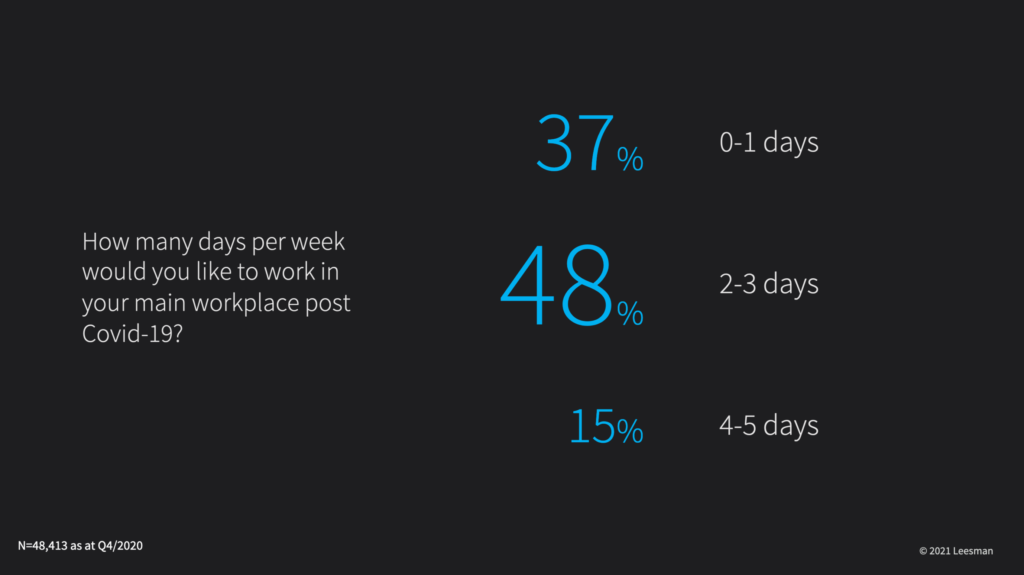
AI designing for humans
A workplace designed by AI sounds like a distant future but might be closer than you think. We were pleased to have industry expert Niklas Madsen from Superlab open the topic a little more.
Superlab started to experiment with AI a couple of years ago and the results have been quite fascinating. They have combined more than 20 years of experience in workplace design, human behavioural data and an algorithm.
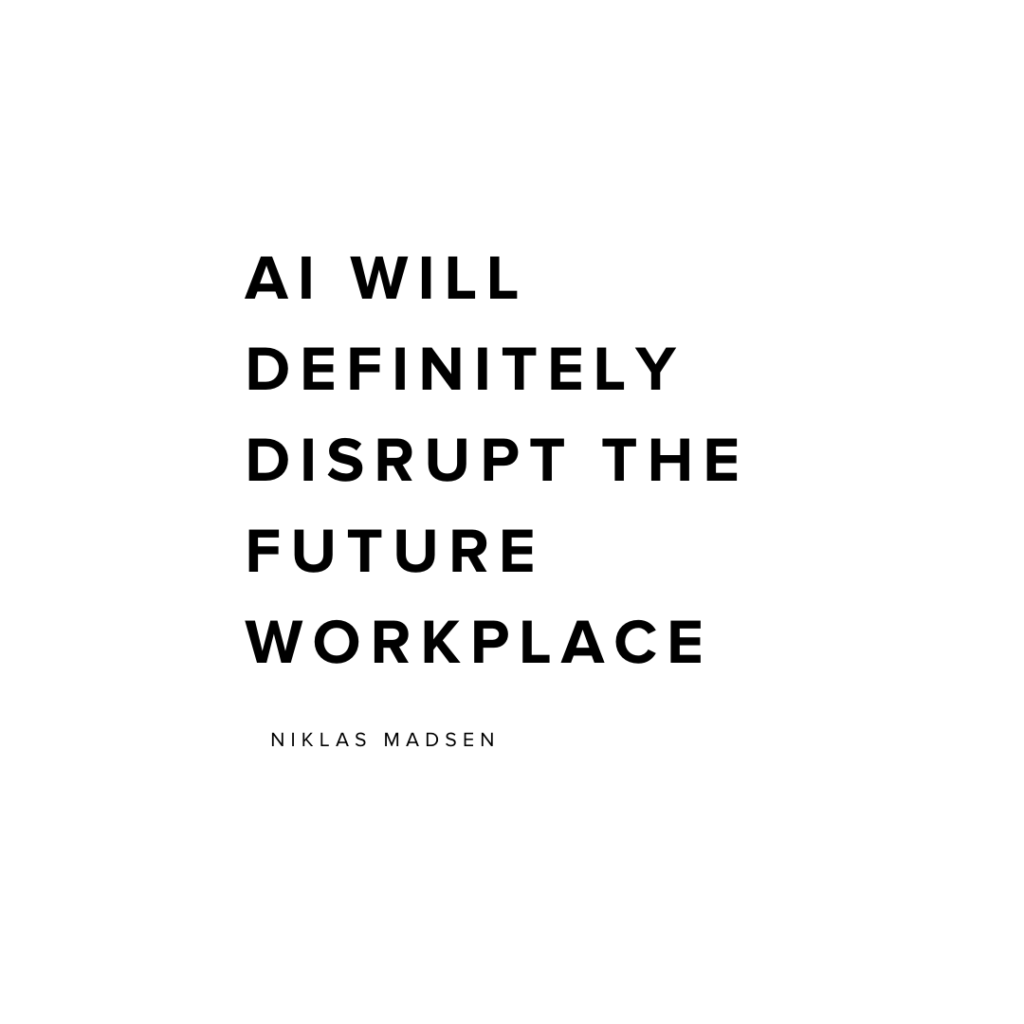
The idea is that you could give the algorithm some parameters on the basis of which it would design the most optimized workplace possible. So, should designers and architects fear for their jobs? No. But what we can see is that technology surely will support creating future-proof workplaces and AI will disrupt the future workplace. We can see that the work, in general, will change and we have the opportunity to optimize our work.
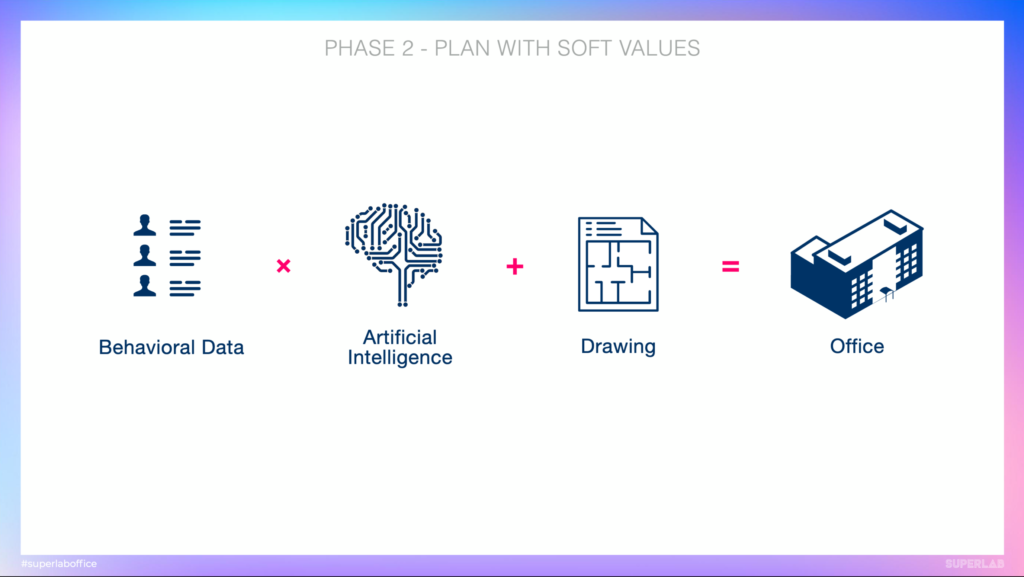
Productivity is a function of the human plus machine
Work is constantly changing and constantly evolving technology has made it possible for more mechanical work to be left to technology. For us, there are tasks that heavily depend on human skills like design, critical thinking and imagination. But what does this mean for workplace design? Luckily we had Antony Slumbers to shed some light on this topic.
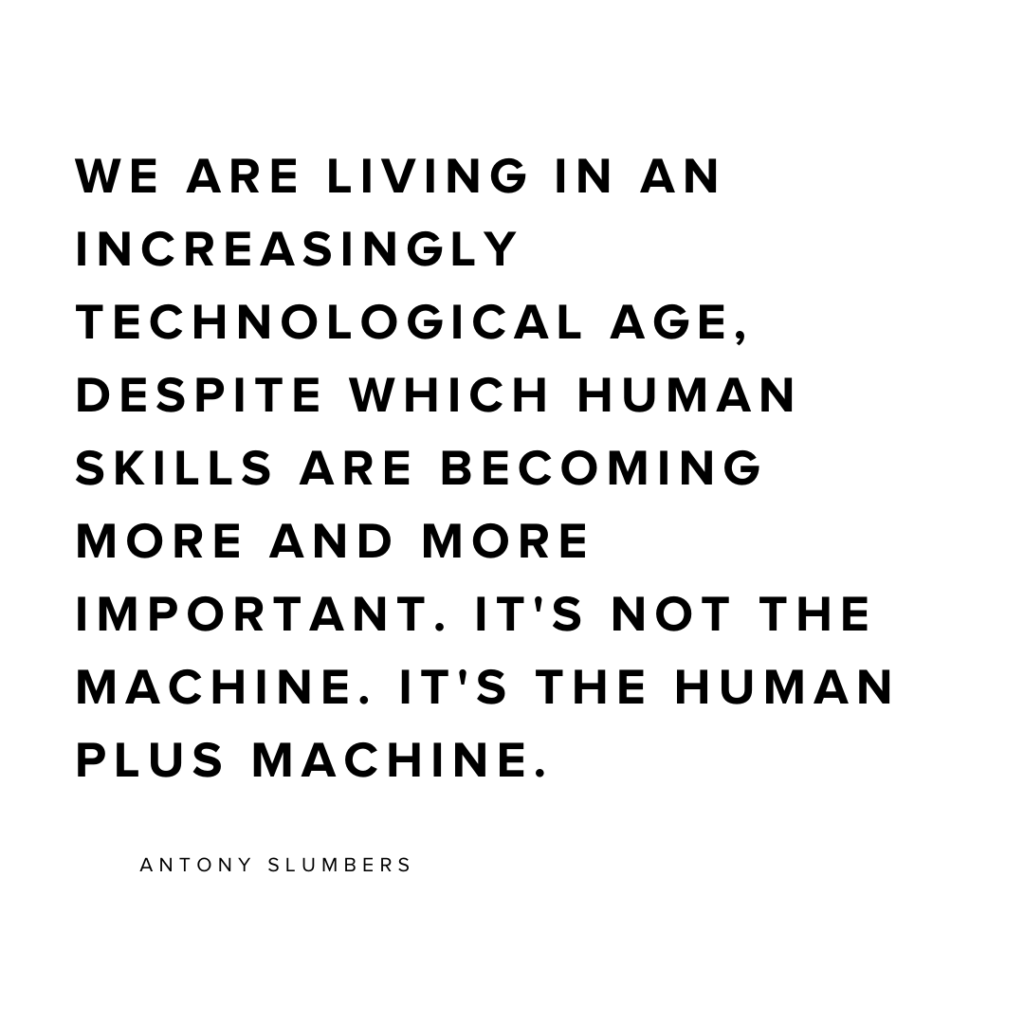
We need our workplaces to catalyze human skills, we need to put people in the right environments that are appropriate for the particular task they are trying to complete. To thrive, we need to put people in environments that enable them to be as productive as they are capable of being. To achieve this we must understand what it is that individuals and teams do.
We need to create the perfect UX. The perfect user experience in a workplace is a function of humans and machines working together. We expect productivity, we need to create an environment that allows for productivity, and real estate has a big impact on this.
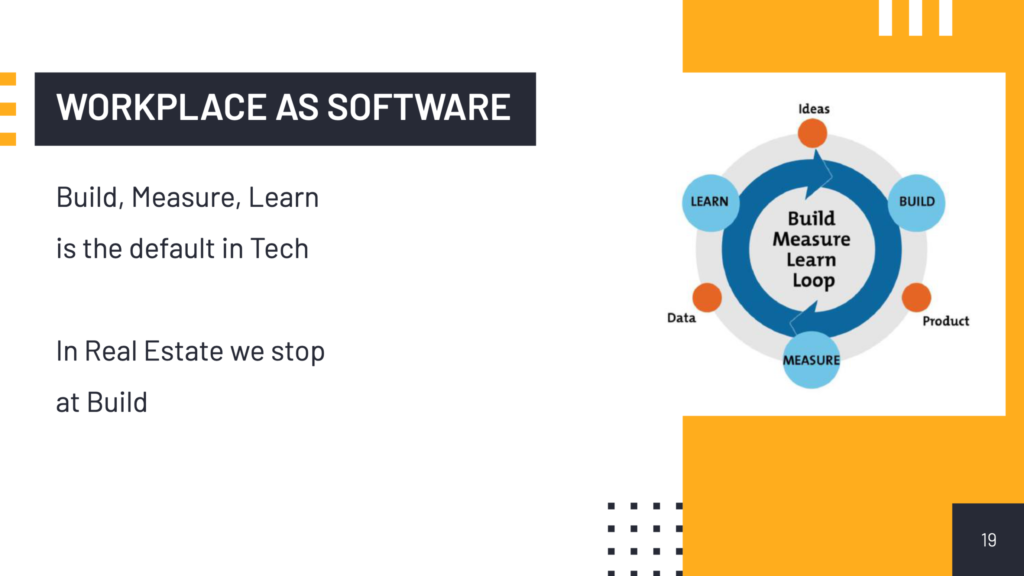
Didn’t get to attend our Future-Proof Workplace webinar or would you like to watch the insightful conversation again? Good news, the webinar was recorded and you can watch it here:
Be ready for the future – rethink everything
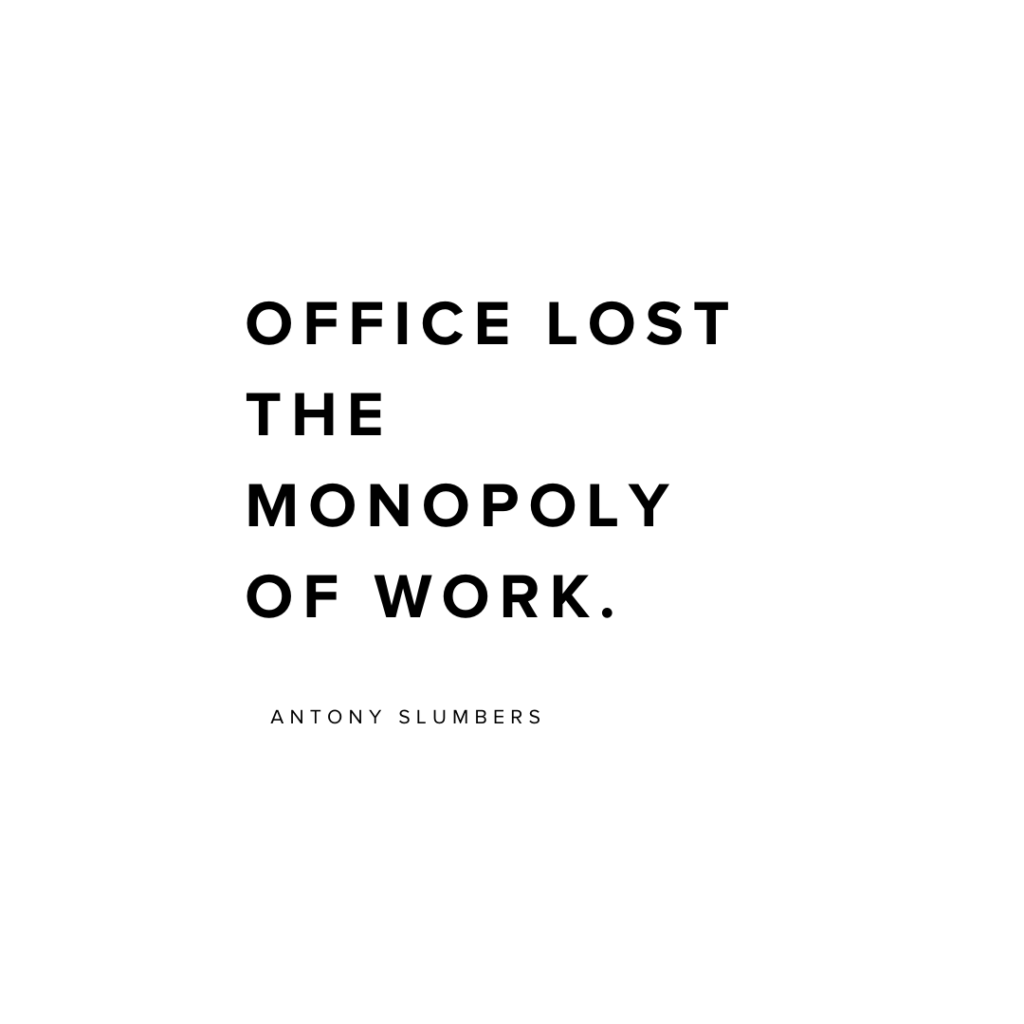
So, what should companies do next? How to be ready for the future? The main thing is to see this every changing situation as a possibility. Companies should take this as an opportunity to rethink things. The worst thing that could be done is to do nothing. Every company should understand how their organisation works and then rebuild their work culture and workplace.
Should we start creating your future today?


